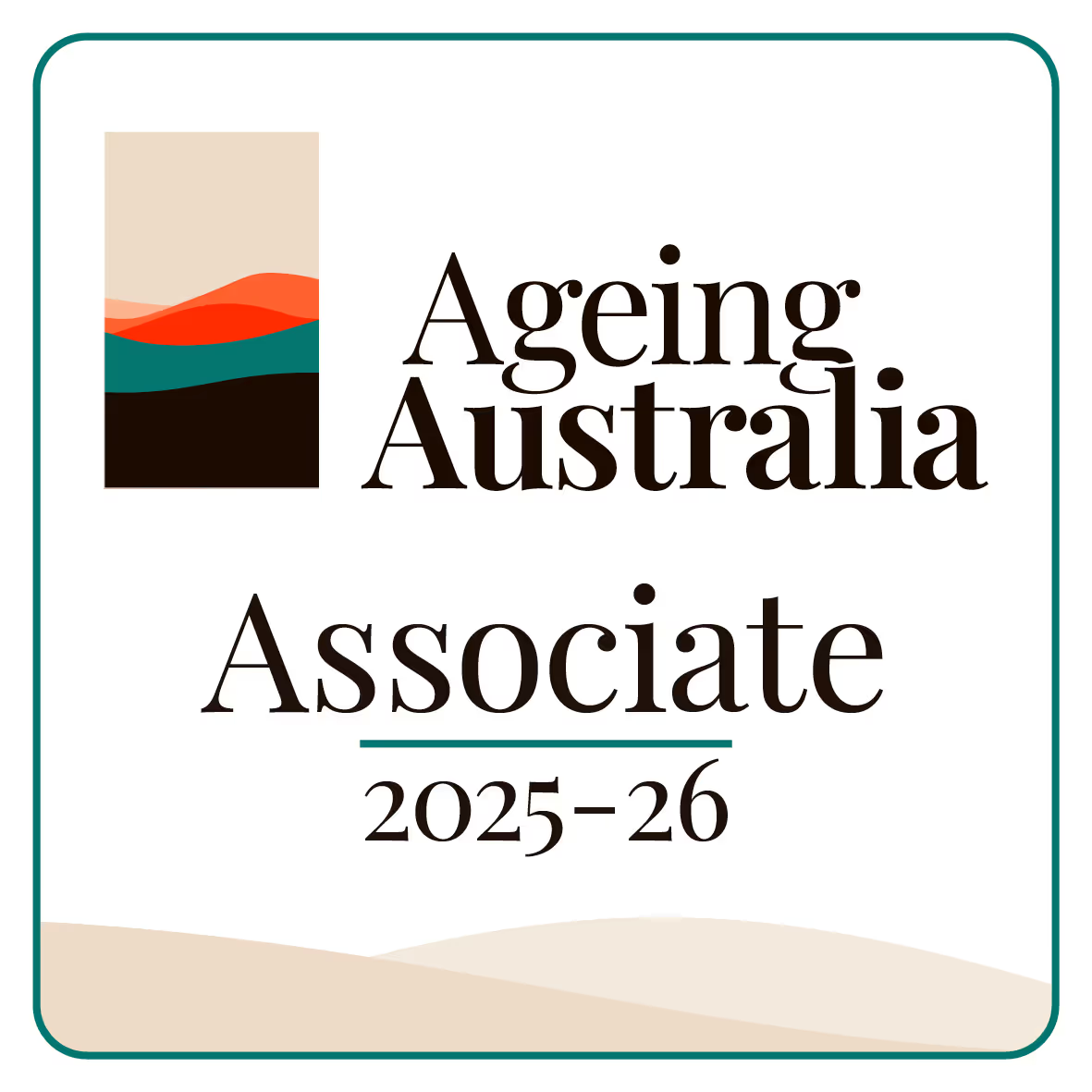Live-in Setting in Aged Care
A live-in setting in aged care refers to a type of accommodation where older adults receive full-time support while living in a residential facility or a private home. This setup allows individuals to remain in a familiar environment while getting the care they need.
What is a Live-in Setting?
A live-in setting means that an older person stays in a place where care is provided throughout the day and night. Caregivers or staff are available at all times to help with daily activities, medical needs, and emotional support.
Who Needs a Live-in Setting?
This type of care is suitable for individuals who:
- Require help with personal care, such as bathing and dressing.
- Have mobility issues and need assistance moving around.
- Have medical conditions that require regular monitoring.
- Feel lonely and need social interaction and companionship.

Types of Live-in Settings
There are different types of live-in settings depending on the level of care needed:
Residential Aged Care Homes
Also known as nursing homes, these facilities provide full-time care for older adults who need regular medical attention and personal care assistance.
Assisted Living Facilities
These facilities offer a mix of independence and support. Residents have private rooms or apartments but receive help with daily tasks as needed.
Private Live-in Care
Some individuals choose to stay in their own homes while receiving care from a live-in caregiver. This option allows for more independence and a familiar environment.
Standards for Live-in Settings
To maintain a high quality of care, live-in settings follow specific standards that focus on:
Health and Safety
Facilities must have clean and safe living conditions, proper medical equipment, and emergency response plans.
Qualified Care Providers
Caregivers and staff must have proper training and experience to provide safe and respectful care.
Personalized Care Plans
Each resident should have a care plan tailored to their health needs, personal preferences, and overall well-being.
Respect and Dignity
Residents should be treated with kindness, given choices about their daily routines, and encouraged to maintain their independence.
Social and Emotional Well-being
Live-in settings should offer activities and opportunities for residents to engage with others to prevent isolation and loneliness.
Benefits of a Live-in Setting
- Continuous Support: Residents have access to help at all times.
- Medical Assistance: Regular health monitoring ensures medical needs are met.
- Safety and Security: Facilities are designed to prevent accidents and provide quick emergency responses.
- Community and Socialization: Opportunities to connect with other residents improve emotional well-being.
A live-in setting provides older adults with the care, support, and companionship they need to live comfortably and safely. Whether in a facility or at home, the goal is to maintain a high quality of life while receiving the necessary assistance.
Frequently Asked Questions
What is a live-in setting in aged care?
A live-in setting in aged care refers to a type of accommodation where older adults receive full-time support while living in a residential facility or a private home. This setup ensures that caregivers or staff are available at all times to help with daily activities, medical needs, and emotional support.
Who is a live-in setting suitable for?
This type of care is suitable for individuals who:
- Require help with personal care, such as bathing and dressing.
- Have mobility issues and need assistance moving around.
- Have medical conditions that require regular monitoring.
- Feel lonely and need social interaction and companionship.
What are the main types of live-in settings available?
There are three main types of live-in settings depending on the level of care needed:
- Residential Aged Care Homes (nursing homes) which provide full-time medical and personal care.
- Assisted Living Facilities which offer a mix of independence with support for daily tasks.
- Private Live-in Care where a caregiver provides care in the individual's own home.
What standards must live-in aged care settings follow?
Live-in settings must follow specific standards focused on:
- Health and Safety (clean, safe living conditions, and emergency plans).
- Qualified Care Providers (trained and experienced staff).
- Personalized Care Plans (tailored to individual needs and preferences).
- Respect and Dignity (treating residents with kindness and giving them choices).
- Social and Emotional Well-being (offering activities to prevent isolation).






